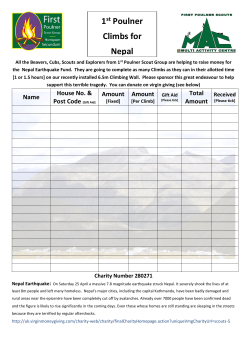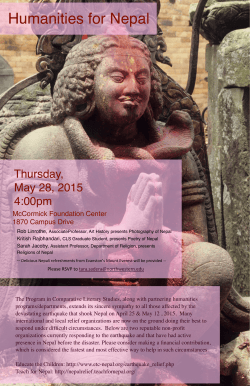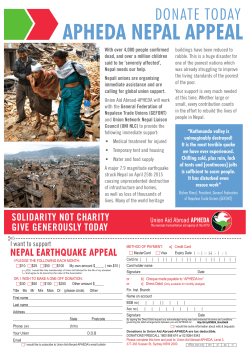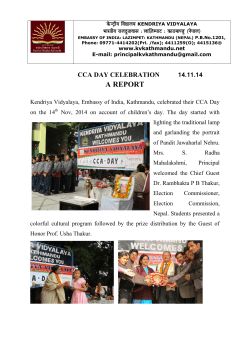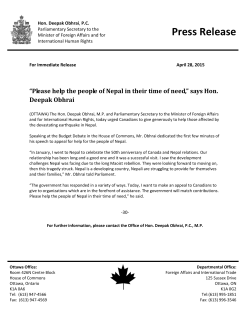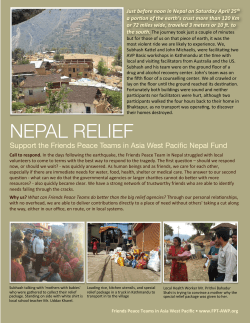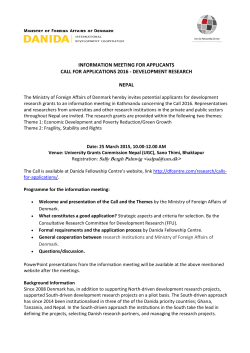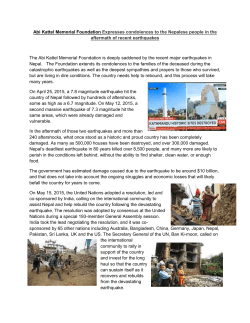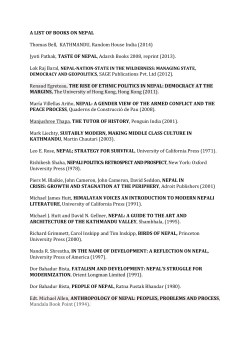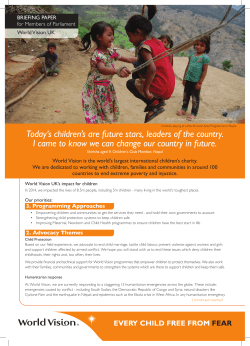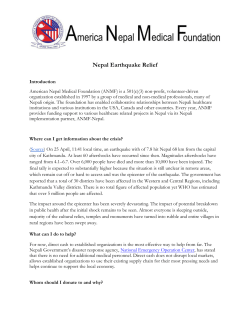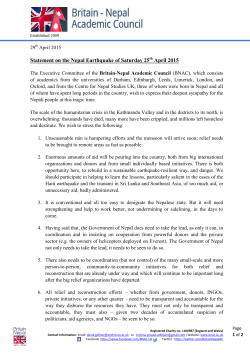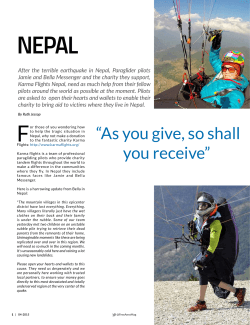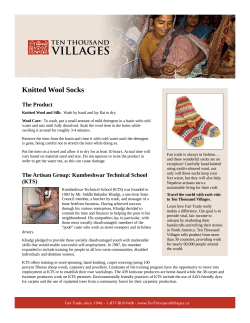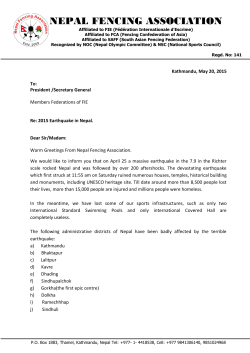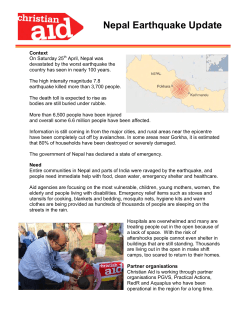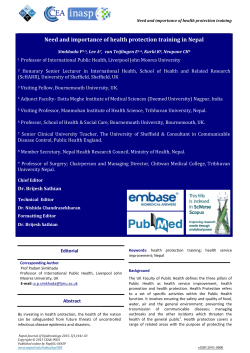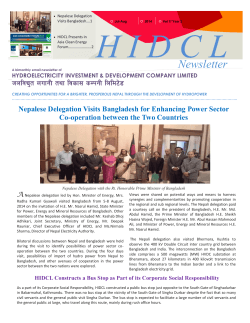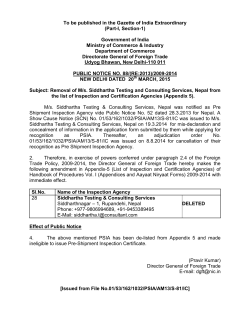
Handmade Paper Notebook (L) The Product
Handmade Paper Notebook (L) The Product Lokta Paper: Handmade "lokta paper" from Nepal – also known as "daphne" or "rice paper" – is made using skills passed down for more than a thousand years. This paper is created from the inner bark of the lokta shrub, a wild plant found at altitudes of 6500-9500 feet. Lokta can be safely harvested every three or four years by carefully cutting the branches that are one foot above the ground, saving the root in order that the plant may regenerate itself. This raw material is chopped into small pieces with a hatchet and then ground by a large foot-driven pestle traditionally used for hulling rice. The mixture is then boiled into a pulp and floated in a large tub of water. The women who make the paper lower hand-held screens into the tub, lifting them once an even, thin sheet of paper has formed. Lokta paper is renowned for its special texture and warm natural colour. The majority of lokta paper is bleached using environmentally safe compounds; the rest is dyed with "AZO-free" dyes (which bind only to pulp fibres and not to waste water) in order to create solidly-coloured paper. After a large pressing machine has squeezed out the excess water, the paper sheet is then transferred to a steel plate, dried in the hot sun, and carefully peeled off. From there it goes to the cutting room where it is “calendared” to make it smooth and then cut to specific dimensions. This finished acid-free lokta paper is known for its beauty and its wide range of uses in Nepali society. In addition to being used by Tibetan monasteries for creating sacred manuscripts, lokta paper is also used for official government documents, as bandages for minor wounds and as wrapping paper for spices, incense and medicines. The Artisan Group: Mahaguthi, Craft With a Conscience A handmade notebook for your idle musings, profound insights and casual doodles. Its richly textured paper is made from the Lokta bush and the vibrantly coloured cover is handwoven textile. Fairly traded, finely made. Travel the world with each visit to Ten Thousand Villages. Learn how Fair Trade really makes a difference. Our goal is to provide vital, fair income to artisans by marketing their handicrafts and telling their stories in North America. Ten Thousand Villages sells product from more than 30 countries, providing work for nearly 60,000 people around the world. Mahaguthi began selling crafts in 1984. It now markets the handicrafts of over 1,000 artisans, from 150 workshops throughout Nepal. Most of the artisans live in remote mountainous areas, 85% of whom are women who are able to use their traditional craft skills while working in their own homes. Based in Kathmandu, Mahaguthi aims to provide employment with fair wages and benefits, to encourage the revival of traditional crafts and to empower the marginalized of their society. Employees share in the annual profits, but a significant portion also goes to the Tulsi Mehar Mahila Ashram which provides food, shelter, clothing, health care, education and skill training to destitute women and children. Mahaguthi focuses on promoting microenterprises and providing design, production and marketing support to all producer groups. Besides above average wages, the artisans receive skills training, medical benefits, retirement funds, paid maternity leave, free eye exams and glasses, and access to interest-free loans. Mahaguthi has now established three retail outlets throughout the Kathmandu valley. Mahaguthi is a founding member of Fair Trade Group Nepal (FTGN), a member of the World Fair Trade Organization (WFTO), and of Asia Fair Trade Forum (AFTF). The Country: Nepal Draped along the spine of the Himalayas, Nepal is a landlocked country bordering the People’s Republic of China to the north and India to the south. For a relatively small country, Nepal boasts eight of the world’s fourteen highest mountains, including cloud-hugging Mount Everest. Time-worn temples, spectacular scenery and great trekking are all part of this country’s allure. Despite its scenic beauty and cultural treasures, Nepal remains one of the poorest and least developed countries in the world, with a 42 percent unemployment rate and almost one-third of its population living below the poverty line. Agriculture is the mainstay of the economy, providing a livelihood for three-quarters of the population and accounting for 38 percent of GDP. Nepal has seen progress over the years: access to health care has increased significantly, as has the number of households with access to electricity and sanitation. Approximately 80 percent of Nepal’s school-aged children attend classes, and infant mortality rates have dropped from 101 (per 1,000 live births) in 1990, to about 62 in 2008. Since 1996, however, conflict between Maoist insurgents and the government of Nepal has threatened development gains and led to a complex transformation of Nepalese society. Concerns over security have also affected tourism, a key source of foreign exchange. Facing a precarious future, job training and fair trade partnerships provide a vital lifeline for the people of Nepal. Mr Ram Baran Yadav became the first president of republican Nepal in July 2008, nearly two months after the country's new constituent assembly had voted to abolish the 239-year-old monarchy.
© Copyright 2025
